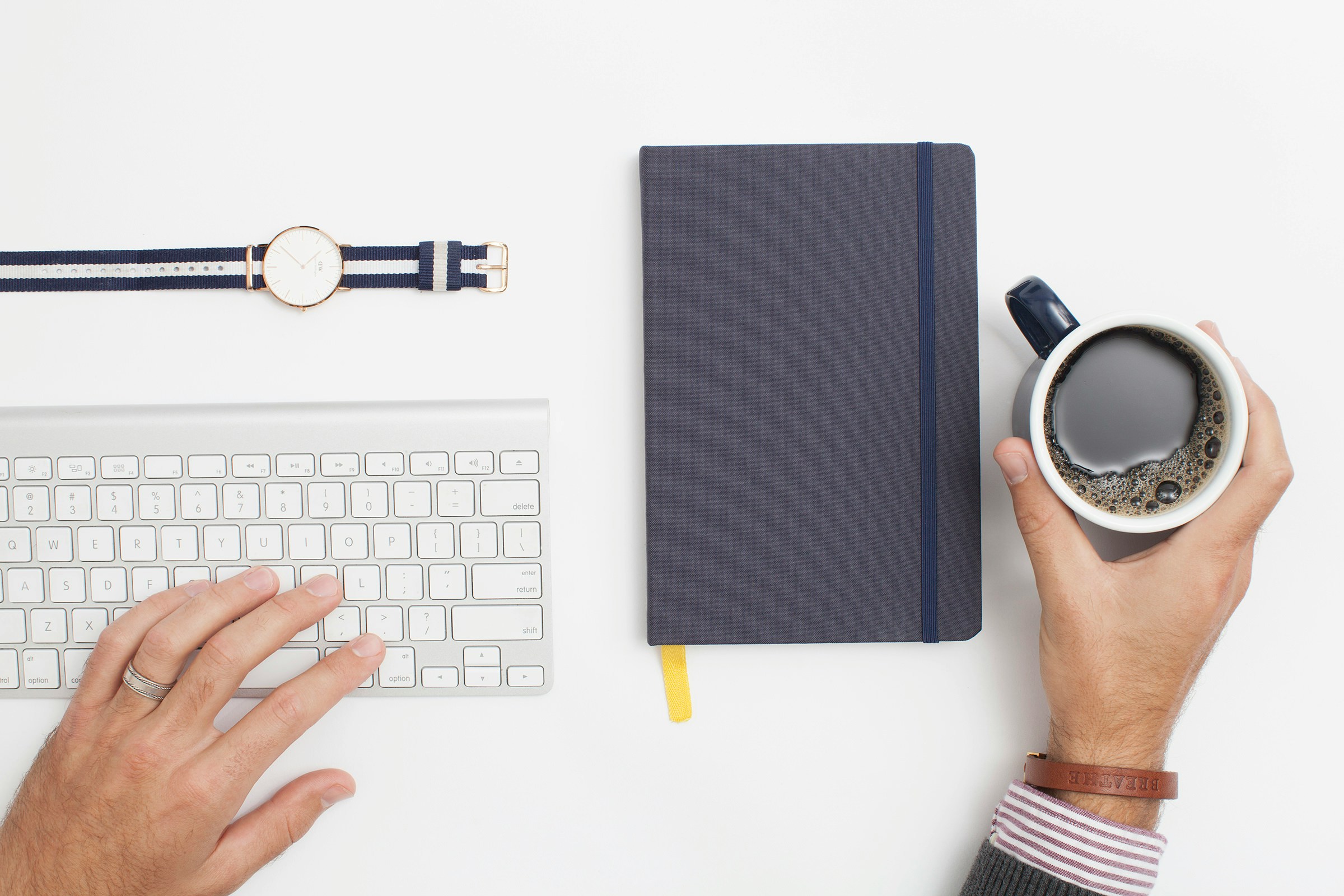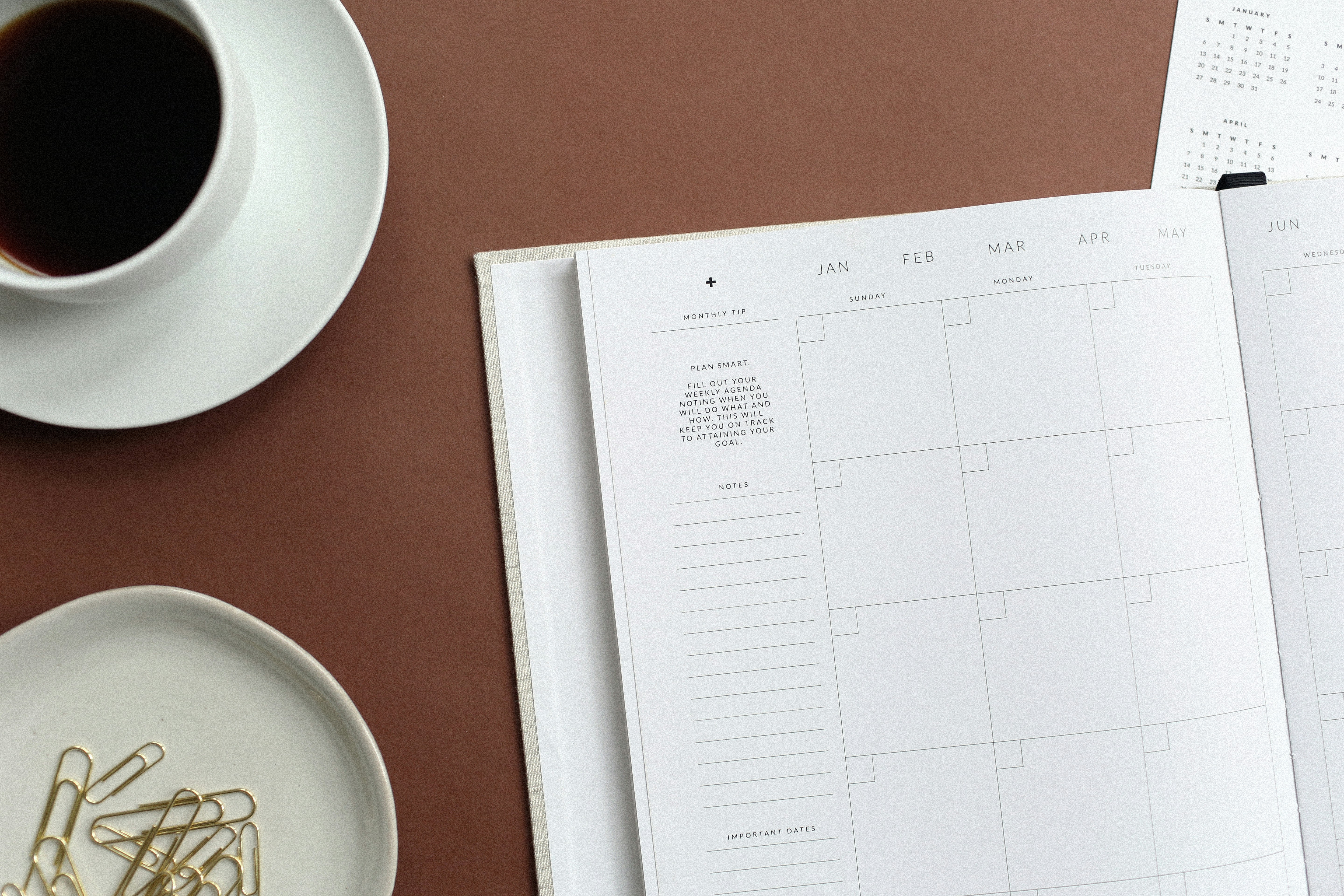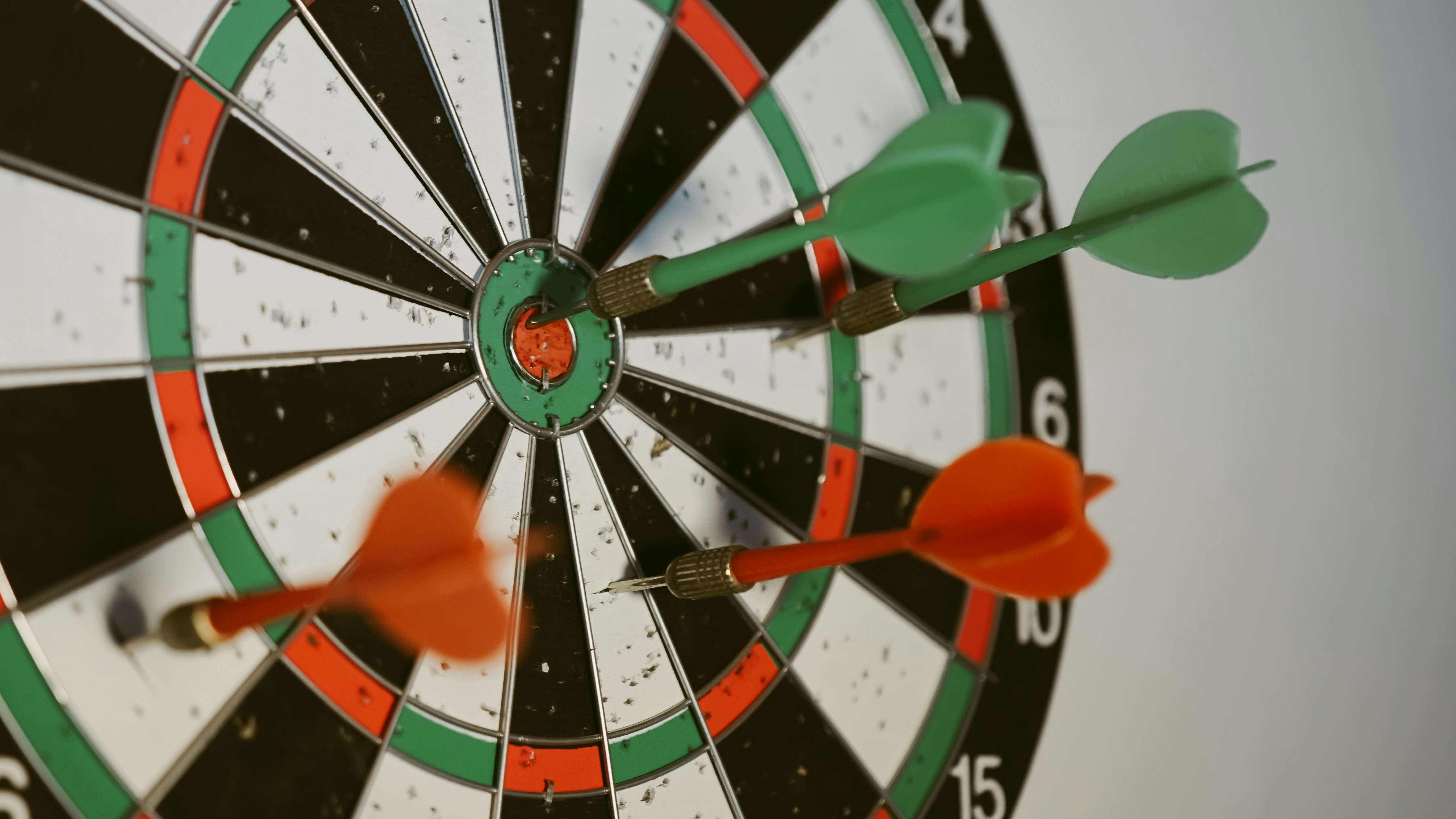What is a productivity planner?
A productivity digital planner is a tool that can help you improve your focus, get more done and set you on the right path to achieve your goals!
With a productivity planner, you can organize your schedule and keep track of the work you complete. It keeps you responsible, organized and accountable, so that you can make the most of your everyday.
Benefits of a productivity planner
1. Helps you manage your time

Photo by Sonja Langford on Unsplash
We only have a limited amount of time everyday to get our tasks done. With a productivity planner, you can make sure that you spread your time wisely throughout all your tasks for the day, ensuring that you can accomplish all that you have set out to do.
2. Helps you stay on top of your tasks
On busy days, it can be easy to lose track of all the things you need to do, and the last thing anyone would want is for an important task to slip your mind. A productivity planner can help you to keep track of all your tasks and arrange them neatly in order of urgency.
3. Stay focused and productive
Photo by Cathryn Lavery on Unsplash
If you tend to get distracted from your work easily, a productivity planner might be able to help you stay more focused and get more work done. Track your productivity levels, identify your distractions and make changes to your daily life in order to become a more productive person!
How to use a productivity planner
If you want to incorporate a productivity planner in your day-to-day working life, here are some tips on how you can start using one.
1. Make a daily prioritized to-do list
Photo by Glenn Carstens-Peters on Unsplash
A daily prioritized to-do list is a key component of a productivity planner. It is how you can keep track of all your tasks and helps you knock out your most important tasks first.
Furthermore, it also gives you a sense of accomplishment when you get to strike out your completed tasks throughout the day.
In order to prioritize your to-do list, try to sort your tasks using the Eisenhower Matrix! This matrix allows you to sort your tasks according to their importance and urgency, and what to do accordingly.
- Urgent and important: Do it now
- Urgent and not important: Delegate
- Important but not urgent: Schedule a time to do it
- Not important and not urgent: Delete it
2. Create a monthly task list
Photo by NORTHFOLK on Unsplash
Aside from making daily to-do lists, you should also look at the bigger picture and create monthly task lists as well.
A monthly task list allows you to sort out any key appointments and dates (birthdays, anniversaries, deadlines etc.) so that you have a better picture of what lies ahead. This allows you to get ready in advance and feel more prepared.
If you would like, you may even want to create a weekly task list as well! Similar to a monthly task list, a weekly task list is where you want to schedule tasks, organize appointments and take note of any important events.
3. Add a goal tracker
Photo by Afif Kusuma on Unsplash
We all have goals, both long-term and short-term. Goals give us direction and purpose in our everyday lives and motivates us to get our work done.
Add a section in your productivity planner for you to set goals and track your progress. It can be something as simple as a daily goal, or something more long-term like a yearly goal. Whatever it is, it will also be helpful for you to come up with action plans to start working towards your goals.
4. Keep track of your distractions
Photo by NeONBRAND on Unsplash
We all have our distractions — our phones, email notifications, snacks, and more. If you tend to get distracted easily, a productivity planner can be a place for you to keep track of your distractions.
Try to take note of how often you take impromptu breaks from your work and what you're doing in that time. If you're spending too much time during these breaks than necessary, then you may be getting distracted!
Identifying your distractions will allow you to make small changes in your daily routine to eliminate these distractions, so that you can focus more on your work and get your tasks done.
5. Reflect and review regularly
It's important to constantly reflect and review your day, and a productivity planner is a great place to look at how much you've accomplished and what changes need to be made.
When choosing a productivity planner, try to choose one that has several note-taking pages. These pages will be a place for you to do daily reflections on your productivity levels.
Write about what went well, what didn't, what you have learned from the day and what you wish to try tomorrow! Daily reflections will help you to constantly improve yourself everyday so that you can become a better person.
Conclusion
A productivity planner can be handy tool that helps your day-to-day workflow more productive and much easier to manage. If you're looking to save even more time and energy for maximum efficiency, then you can look into the many pre-made productivity planner templates available for purchase and download!
Get started on your own digital productivity planner today!




